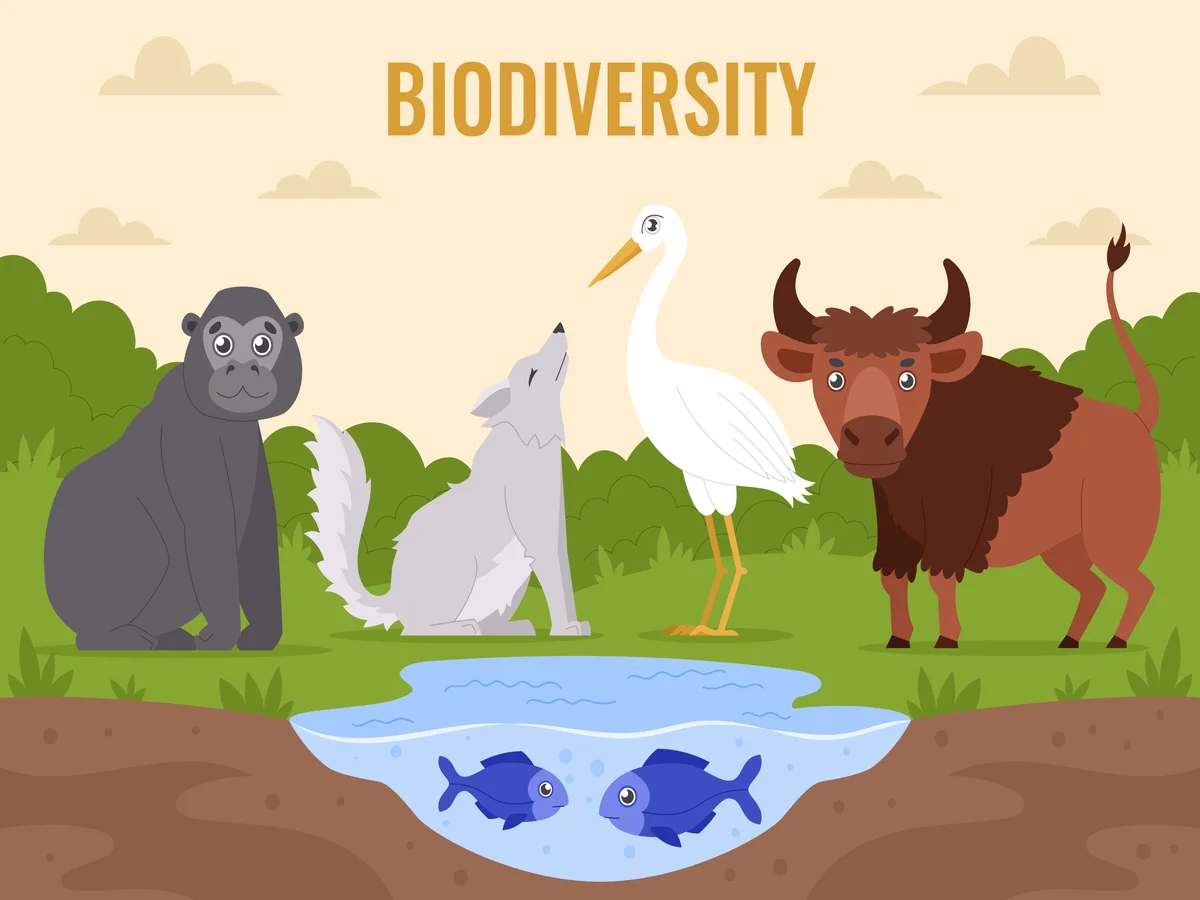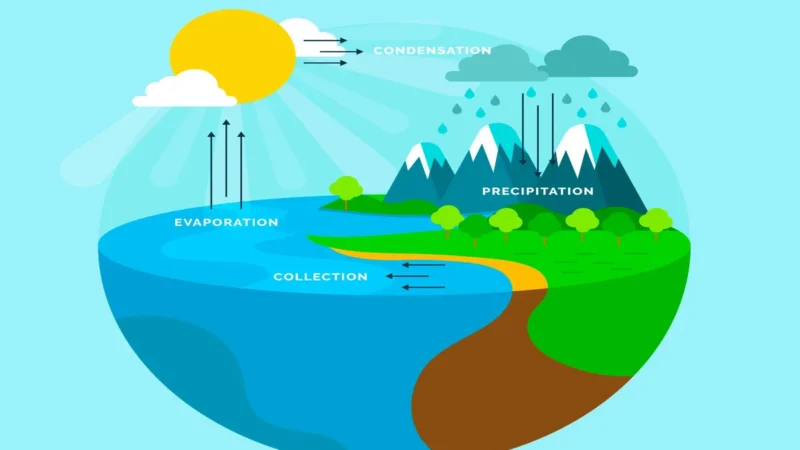Levels of Biodiversity: Species, Genetic & Ecosystem Diversity

Biodiversity refers to the variety of living organisms present on Earth, encompassing the diversity of species, genes, and ecosystems. It plays a crucial role in maintaining the balance of our planet’s ecosystems and providing numerous benefits to human well-being. This article will delve into the levels of biodiversity, highlighting the three primary components: species diversity, genetic diversity, and ecosystem diversity.
I. Species Diversity:
Species diversity focuses on the variety and abundance of different species within a particular habitat or ecosystem. It encompasses both the number of species present (species richness) and the relative abundance of each species (species evenness). Key factors that influence species diversity include habitat size, geographic location, and ecological interactions. The conservation of species diversity is essential for maintaining ecosystem stability and functioning.
II. Genetic Diversity:
Genetic diversity refers to the variation in genetic material within and between populations of the same species. It is the result of genetic mutations, recombination, and gene flow. Genetic diversity provides the basis for adaptation and evolution, allowing species to respond to environmental changes. High genetic diversity enhances the resilience of populations against diseases, climate fluctuations, and other stressors. Conversely, low genetic diversity can increase the risk of extinction and reduce a species’ ability to adapt.
III. Ecosystem Diversity:
Ecosystem diversity focuses on the variety of ecosystems present in a given region or on a global scale. An ecosystem comprises a community of organisms interacting with each other and their physical environment. Ecosystem diversity encompasses various habitat types, such as forests, wetlands, grasslands, coral reefs, and deserts, each characterized by unique assemblages of species and ecological processes. Preserving ecosystem diversity is crucial for maintaining ecosystem services, such as climate regulation, water purification, and pollination.
Key Takeaways:
Biodiversity exists at multiple levels, each playing a vital role in the functioning and resilience of our planet. Species diversity highlights the variety of species present in a particular habitat, while genetic diversity emphasizes the variation within species. Ecosystem diversity encompasses the range of habitats and ecosystems found globally. Protecting and conserving biodiversity at all levels is crucial for ensuring the long-term health of ecosystems, the services they provide, and the sustainability of life on Earth.
FAQs related to the levels of biodiversity
What is biodiversity?
Biodiversity refers to the variety of living organisms on Earth, including species, genes, and ecosystems.
What are the levels of biodiversity?
The levels of biodiversity include species diversity, genetic diversity, and ecosystem diversity.
What is species diversity?
Species diversity focuses on the variety and abundance of different species within a specific habitat or ecosystem.
Why is species diversity important?
Species diversity is crucial for maintaining ecosystem stability and functioning. It helps to ensure ecological balance and supports various ecosystem services.
What is genetic diversity?
Genetic diversity refers to the variation in genetic material within and between populations of the same species.
Why is genetic diversity important?
Genetic diversity provides the basis for adaptation and evolution, allowing species to respond to environmental changes and increasing their resilience against diseases and other stressors.
What is ecosystem diversity?
Ecosystem diversity refers to the variety of ecosystems present in a particular region or globally, encompassing different habitat types and their unique assemblages of species and ecological processes.
Why is ecosystem diversity important?
Ecosystem diversity is essential for maintaining ecosystem services, such as climate regulation, water purification, and pollination. It supports the overall health and functioning of the planet.
How can we conserve biodiversity?
Conserving biodiversity involves protecting habitats, implementing sustainable resource management practices, reducing habitat destruction, promoting conservation initiatives, and raising awareness about the importance of biodiversity.


